The centuries-old ruins of Chichen Itza undoubtedly are one of the most visited archeological sites and tourist attractions in Mexico. While the crowds can be daunting in peak season, the mysterious Mayan pyramids rarely fail to awe even the most experienced of travelers.
Chichen Itza, a UNESCO World Heritage Site that is listed as one of the ‘New Seven Wonders of the World,’ is home to towering temples, sacred sinkholes, and curious Mayan ballcourts. Located within day-tripping distance of the Yucatan Peninsula’s Riviera Maya, as well as the ever-popular city of Merida, this epic site can be explored in lots of different ways.
To help you to beat the crowds and make the most of your time in Mexico, here’s our ultimate guide to visiting the Mayan ruins of Chichen Itza.
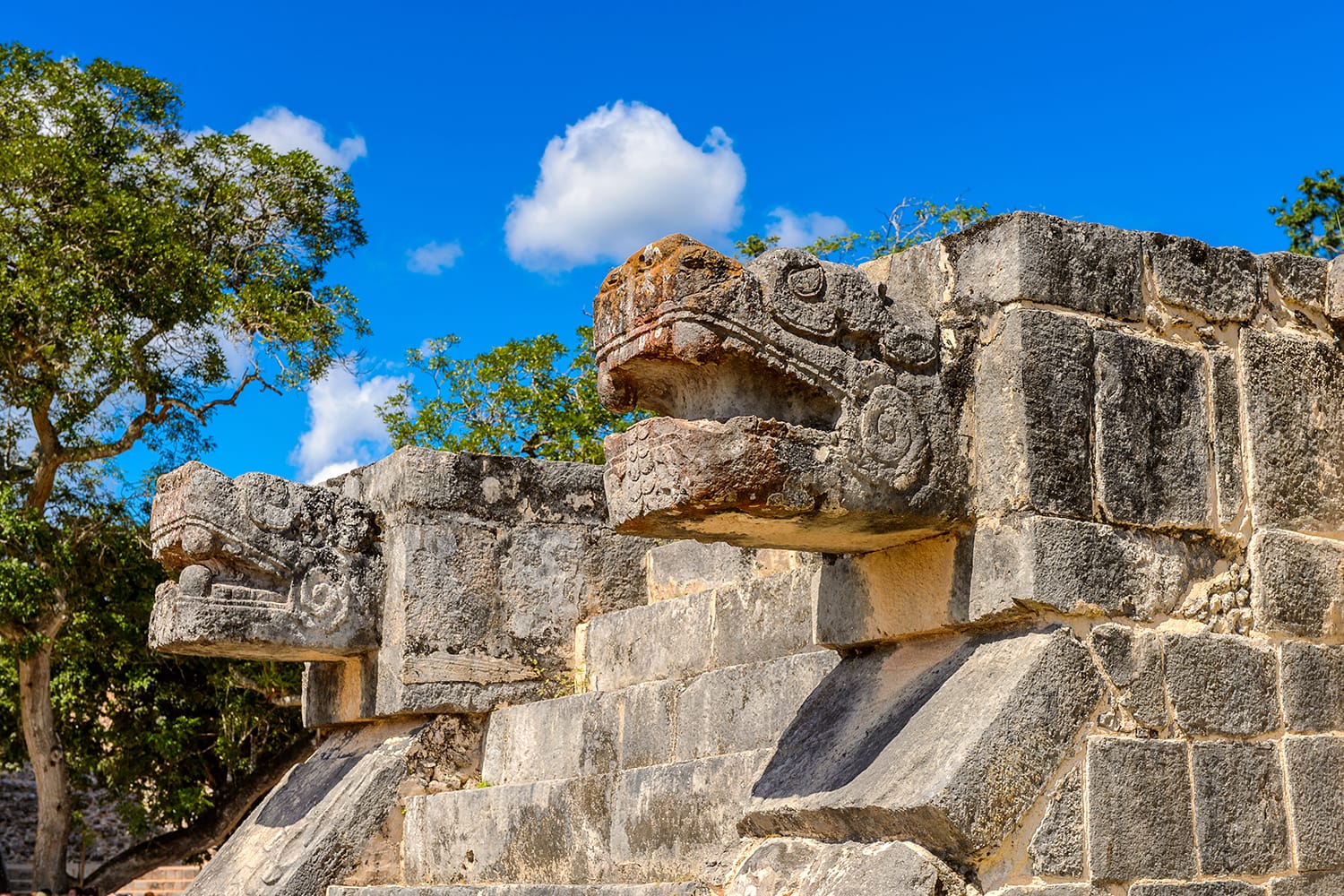
A Brief History of Chichen Itza
Rising from the dense jungles of the Yucatan, Chichen Itza grew to prominence from the 6th century A.D. onward. By the 10th century, Chichen Itza was a sprawling city with a dense trade network that reached as far as the Caribbean coastline. A center of religious fervor, the city’s temples and sacred cenotes (natural sinkholes filled with fresh water) attracted pilgrims from across the Mayan world (although Chichen Itza never had the power or riches that other Mayan cities, such as Tikal or Palenque, could claim).
Today, all that remains of this city are the temples and ballcourts. Chichen Itza fell into ruin after the overthrow of the elite in the 12th century and the onset of the Mayan decline. By the time the Spanish conquistadors first laid eyes on a long-abandoned Chichen Itza in the 16th century, there was little that hadn’t been swallowed by the forest.
From the mid 19th century onward, Chichen Itza was slowly excavated and researched. As the temples emerged from the undergrowth, so too did the tourists. Thanks to its proximity to Cancun and the Riviera Maya, Chichen Itza has reached a new zenith as one of Mexico’s most popular tourist spots.
Map of Chichen Itza
To help you start planing your tour of Chichen Itza here is a nice map of all the ruins you can visit.
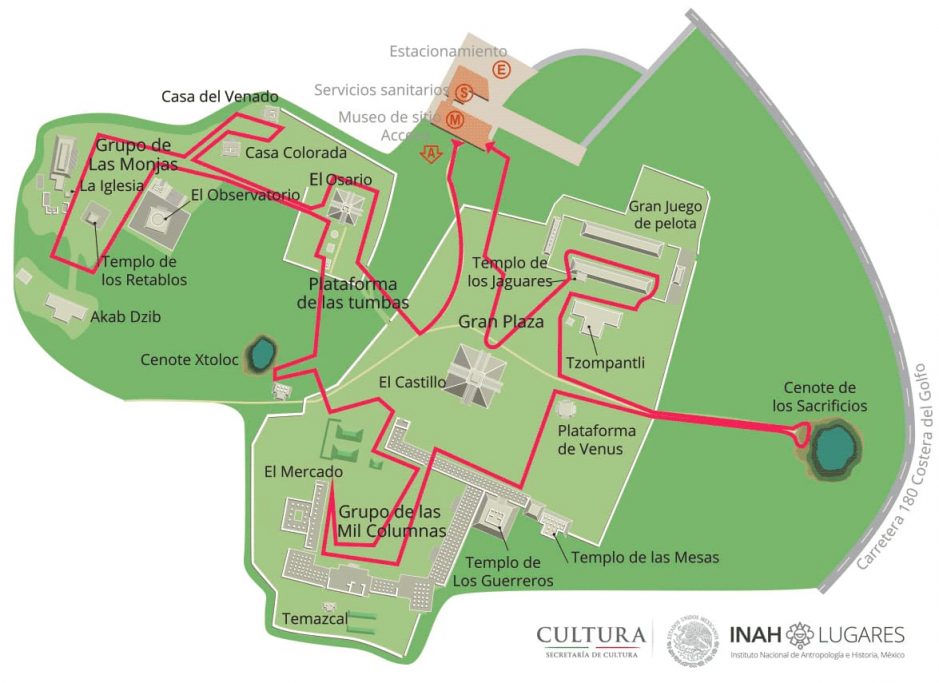
Best Time to Visit Chichen Itza
Located away from the coast in the humid jungles of the Yucatan, visiting Chichen Itza is always going to be hot and sweaty. Avoid the rain and the excessive summer heat by visiting in the dry season, which falls between November and April.
You’ll miss the rains and hurricane season, but temperatures can still rise to over 30 degrees Celsius. In the wet, summer season, temperatures rise much higher, and the climate is much more humid.
However, it’s best to avoid the peak months of December and January, even though the weather is best in those months. This is when Mexico is at its busiest, and you can expect to be joined by thousands of other tourists from the resorts of Cancun. Try to hit the shoulder months instead, such as November, February, and March, for a good balance between the crowds and good weather.
When planning a trip to Chichen Itza, always plan to arrive early in the day to miss the midday heat and the crowds.
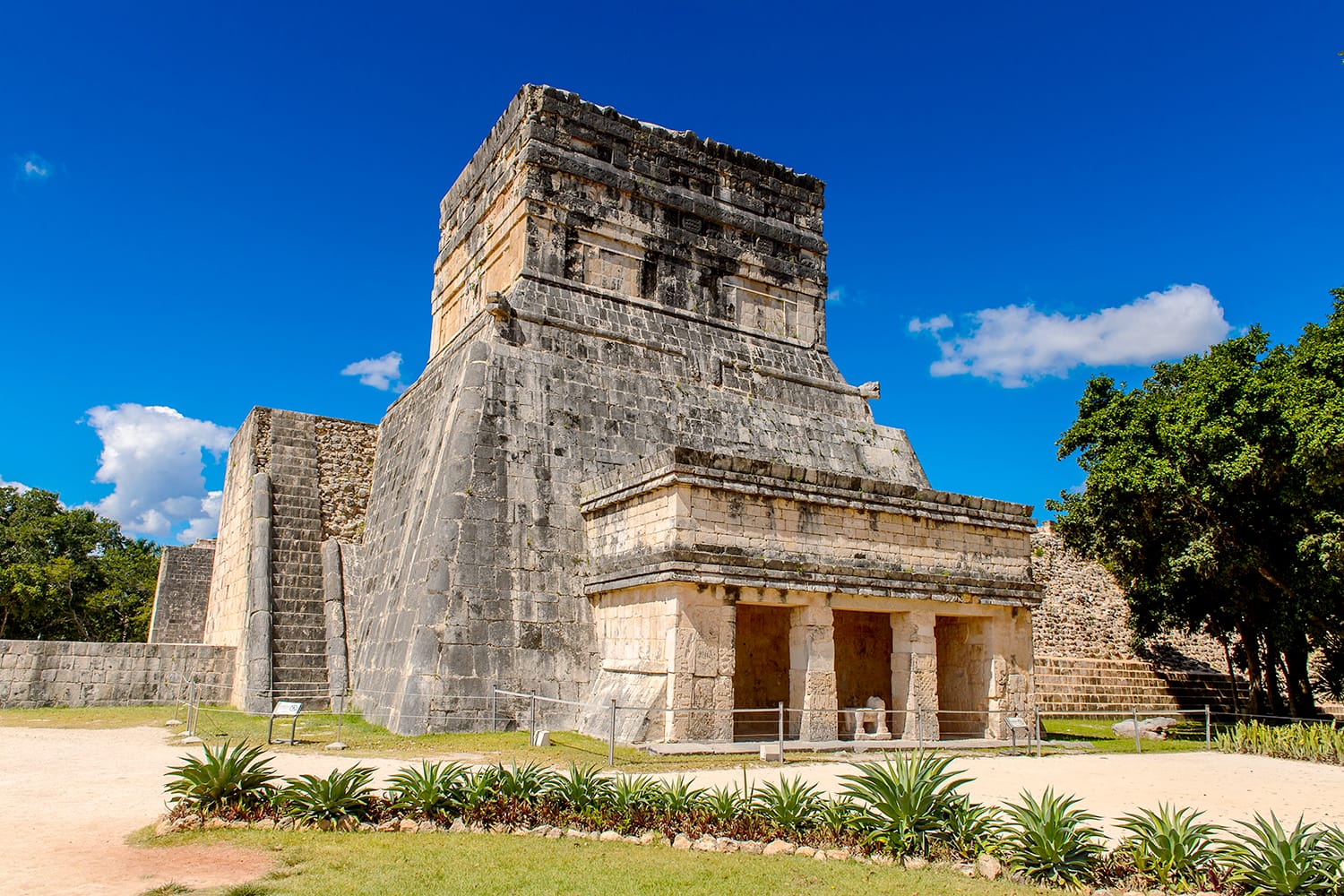
How to Travel to Chichen Itza
Traveling to Chichen Itza in Mexico is easy, given that it is one of the country’s biggest tourist draws, but you do need to get your timing right to avoid the heat and the crowds.
Chichen Itza is located almost exactly in the center of the northern portion of the Yucatan Peninsula. That means it’s halfway between the tourist resorts of Cancun (to the east) and Yucatan’s capital and largest city, Merida (to the west). Both of these destinations have airports, but Cancun has by far the best international flight connections.
The easiest way to visit is to join a tour to Chichen Itza. Tours depart from any and all hotels along Riviera Maya, from Cancun down to Tulum. There are also lots of tours from Merida. Here are some Chichen Itza tour recommendations:
- From Cancun & Riviera Maya: Chichen Itza, Valladolid & Cenote Tour
- From Cancun & PDC: Chichen Itzá, Ik Kil and Coba Small Group Tour
- From Cancun & Riviera Maya: Chichén Itzá, Hubiku Cenote & Valladolid Tour
If you prefer independence, it’s better to hire a rental car in Merida or Cancun and drive to Chichen Itza. It’s safe and the roads are good. Journey time from either city is between two and three hours.
From Cancun to Chichen Itza, you can also take an ADO bus (the region’s major bus company). Buses depart from the central bus station rather than from the resort areas. There are also regular ADO buses from Merida central bus station to Chichen Itza.
ADO buses drop people off by the main entrance, but you’re limited on departure times (the earliest bus from Cancun, for instance, usually departs around 8 or 9 am, getting you in quite late in the day). Be sure to book tickets in advance to reserve your spot there and back if you are day tripping.
Another option for getting to Chichen Itza independently is to take a public bus from Merida or Cancun to the town of Valladolid, spend a night or two here (it’s a charming place), and use the local colectivos to get from Valladolid to Chichen Itza. Colectivos depart all through the day when full, beginning as early as 7 a.m. The journey costs just a few pesos and takes only 45 minutes. The real advantage, though, is that you can get to the ruins early, long before the buses start arriving from Cancun and Merida.
The small city of Valladolid makes for a great base as it has several museums and a cenote to visit, and there are other (much less visited) Mayan ruins nearby, including Ek Balam.
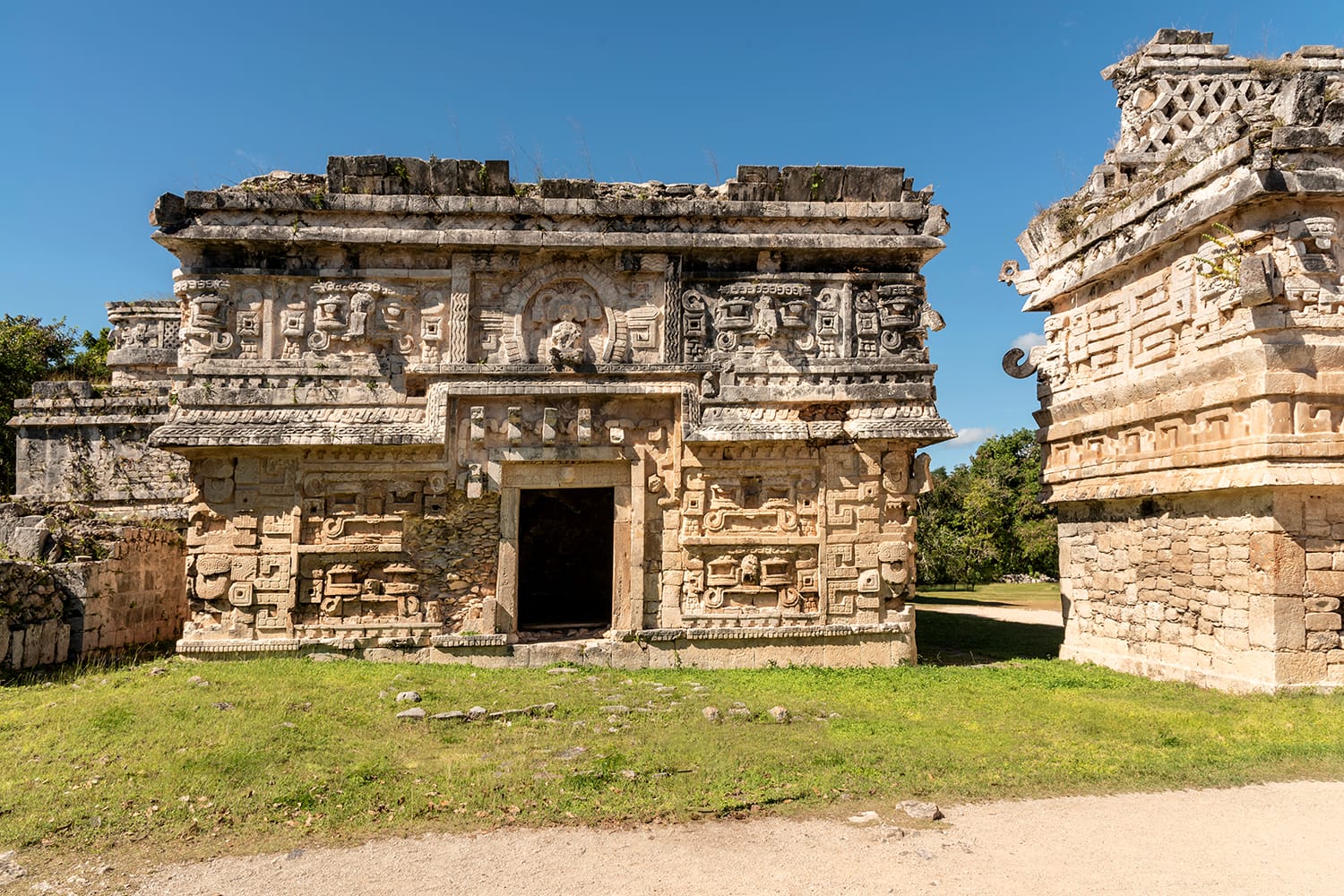
How Long Do I Need to Visit Chichen Itza
The archaeological site of Chichen Itza is around three square miles. There are the outdoor temples alongside a small visitor’s center with a museum. There are also a few restaurants in Chichen Itza at the main entrance.
The vast majority of visitors find that a day trip to Chichen Itza is plenty of time to see the ruins. In fact, at a brisk walk you can see all the temples within the archaeological site in less than three hours. There are also several cenotes nearby that you can fit into the same day (some tours will stop at these, or you can reach them by car or colectivo).
Can I Spend the Night at Chichen Itza?
While most tourists visit Chichen Itza on a day trip, if you want to spend longer exploring the ruins or really want to be the first person inside the gates in the morning, then there are several hotels within walking distance.
These hotels are located on the road into the archeological area, but they are limited in number and won’t offer as good value as the hotels in nearby Valladolid. In terms of convenience, though, they can’t be beaten.
Click here to search for hotels in Chichen Itza.
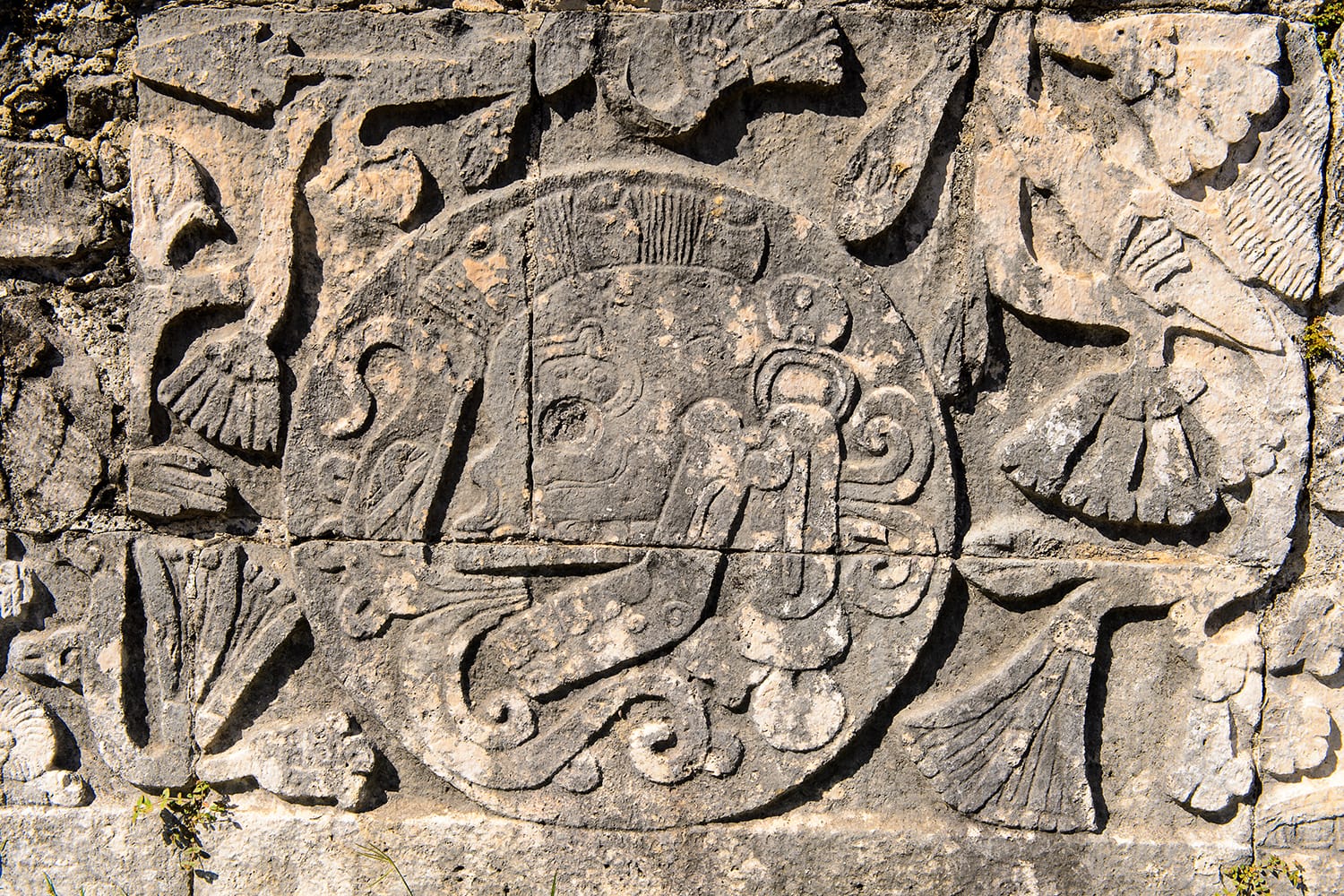
How Much is the Entrance Fee to Chichen Itza?
Ticket prices seem to go up every year at Chichen Itza, and adult entrance for the day now stands at $614 MXN. In comparison, the ruins at Palenque cost just $85 MXN for entrance.
Still, $614 MXN is only around $35 USD to see a wonder of the ancient world. You’ll also need to pay $180 MXN for access to Cenote Ik Kil, as this is privately owned and run separately from the archeological site.
Don’t Forget Your Travel Insurance!
Travel insurance covers you in the event of medical emergencies or evacuation, trip cancellation, and lost, damaged, or stolen luggage. Heymondo offers tailor-made, zero-deductible insurance plans with COVID-19 coverage and 24/7 worldwide assistance.
Best Things to Do in Chichen Itza
1. Temple of Kukulcan
The Temple of Kukulcan is known in Spanish as ‘El Castillo’ (the castle) because this enormous temple is the most impressive sight to see at Chichen Itza. Dedicated to the Mayan serpent-deity Kukulcan, the temple was the centerpiece of the ancient Mayan city.
Standing almost 100 feet tall, the temple has been marvelously restored to its former glory and is the first major sight that you’ll see when you walk from the entrance into the archaeological area.
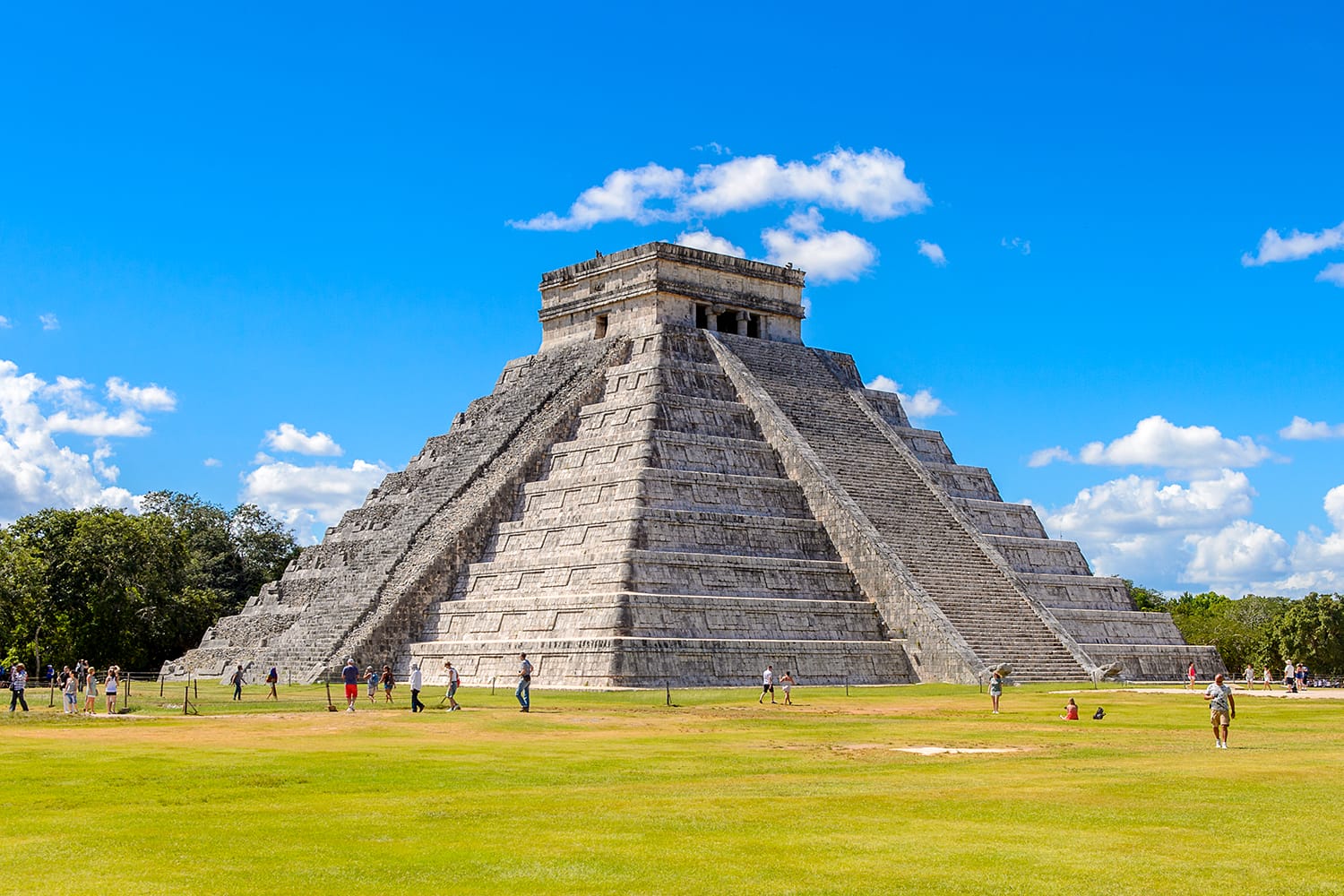
2. The Great Ball Court
The Mayans were famed for their great ball games, a sport that was both bloody and sacred. At Chichen Itza, at least 13 different ball courts have been uncovered, and every other Mayan city or town had their own arenas too.
The Great Ball Court at Chichen Itza was one of the largest in the Mayan world. Today, the ruins still feature hoops and sacrificial inscriptions that give some idea of the epic game that was played here.
3. The Skull Platform
The Skull Platform is one of the more grizzly features of Chichen Itza. This is thought to have been a ritual, sacrificial platform where the skulls of the decapitated would be displayed – perhaps after playing in the sacred ball games.
The Mayan reliefs carved into the side of the platform depict the heads and skulls of the victims who were put on display here centuries ago.
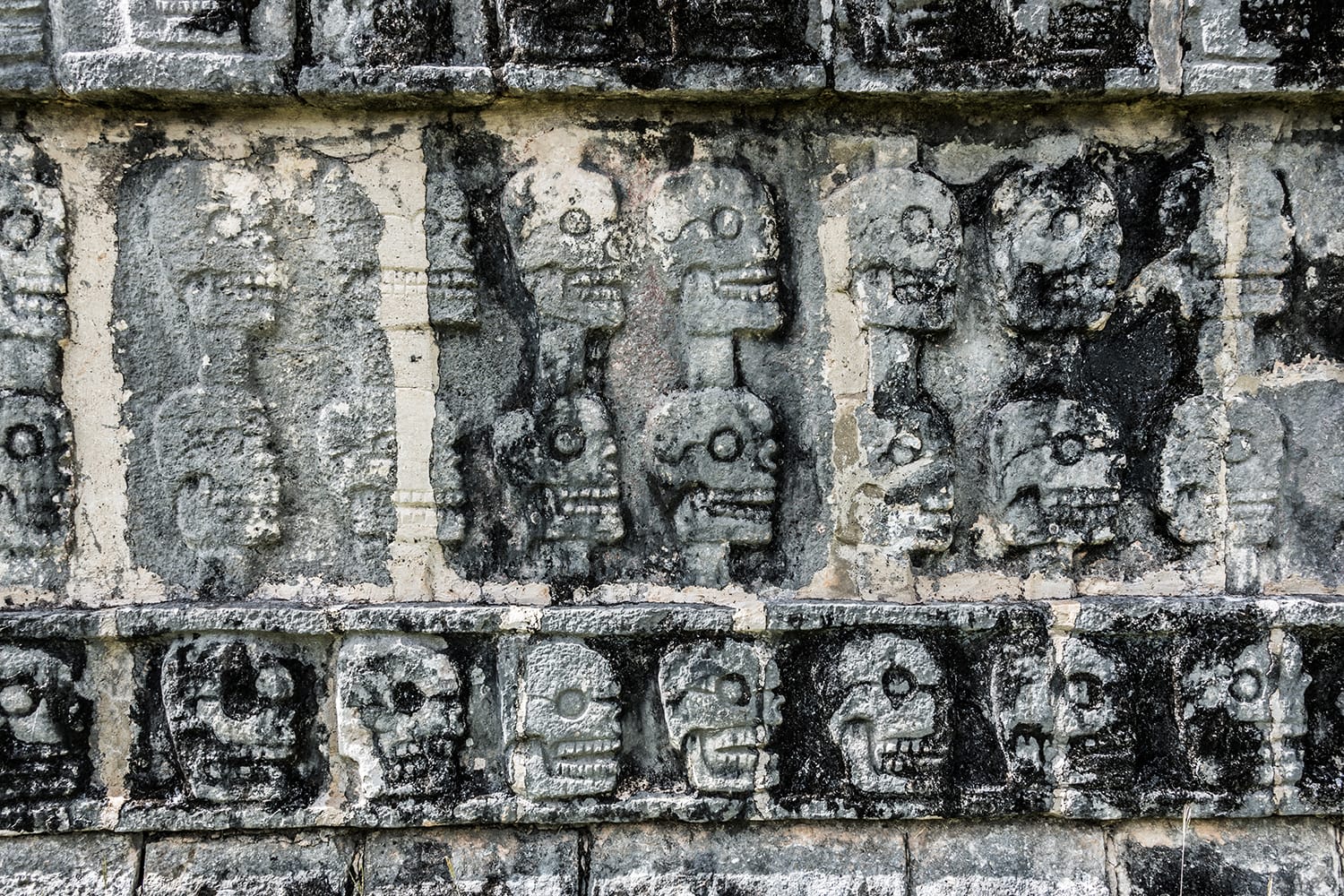
4. The Temple of the Warriors
The Temple of the Warriors, as you might expect, is thought to have been dedicated to or a place of worship for Mayan warriors.
This is one of the largest temples in the complex and is adorned with statues and reliefs of soldiers and warrior-like Mayans. Just as impressive are the several hundred tall stone pillars that line the entranceway and the sides of the temple.
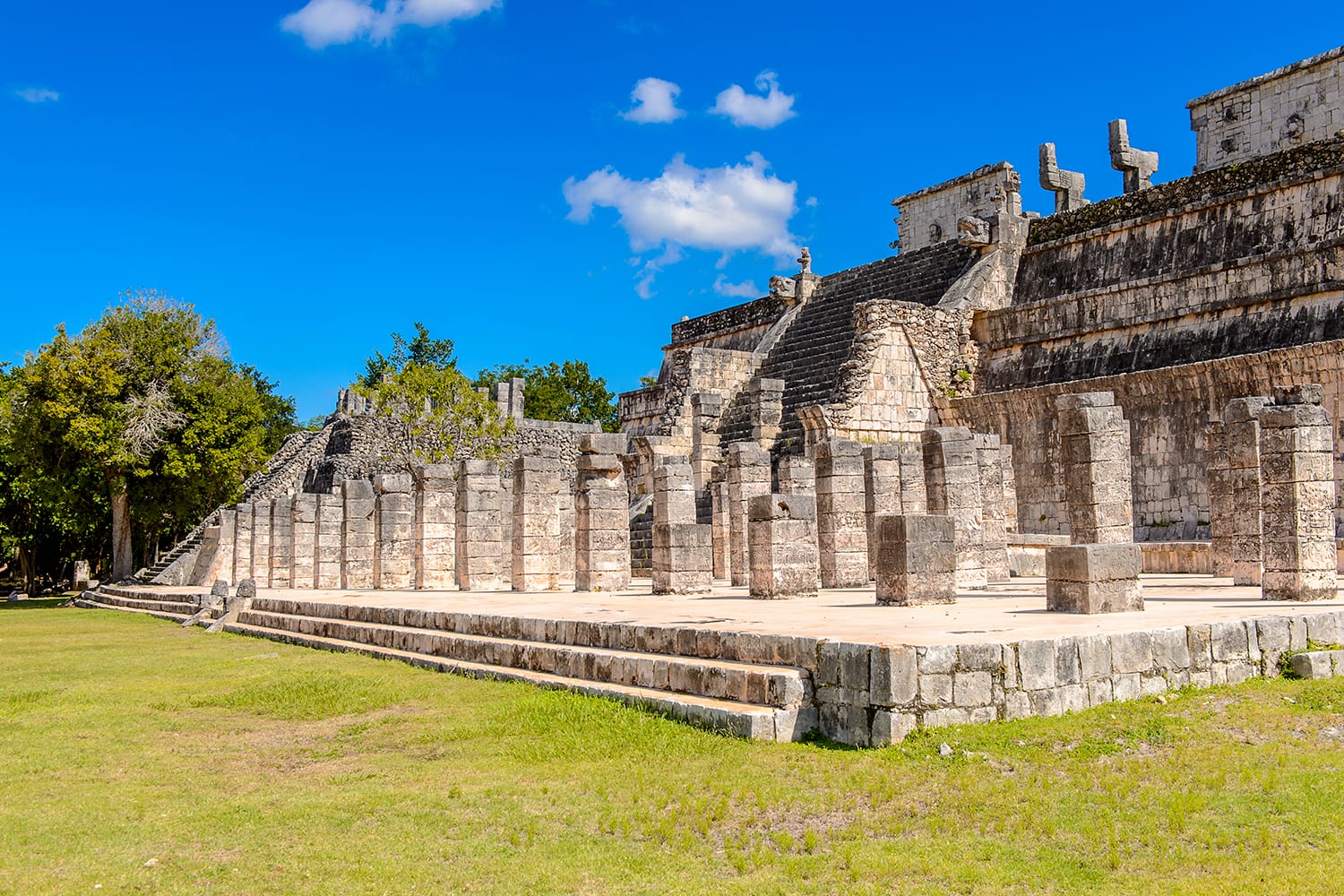
5. The Observatory
The Observatory is one of Chichen Itza’s most fascinating ruins. Atop a tall temple mound stands a circular, partially collapsed building that is thought to have been a Mayan observatory.
The Spanish name for the temple is El Caracol (or the snail), a reference either to the shape of the observatory or the spiral staircase inside that led to an observation area.
The Mayans used the temple to help keep their calendars up to date, by accurately recording which date it was.
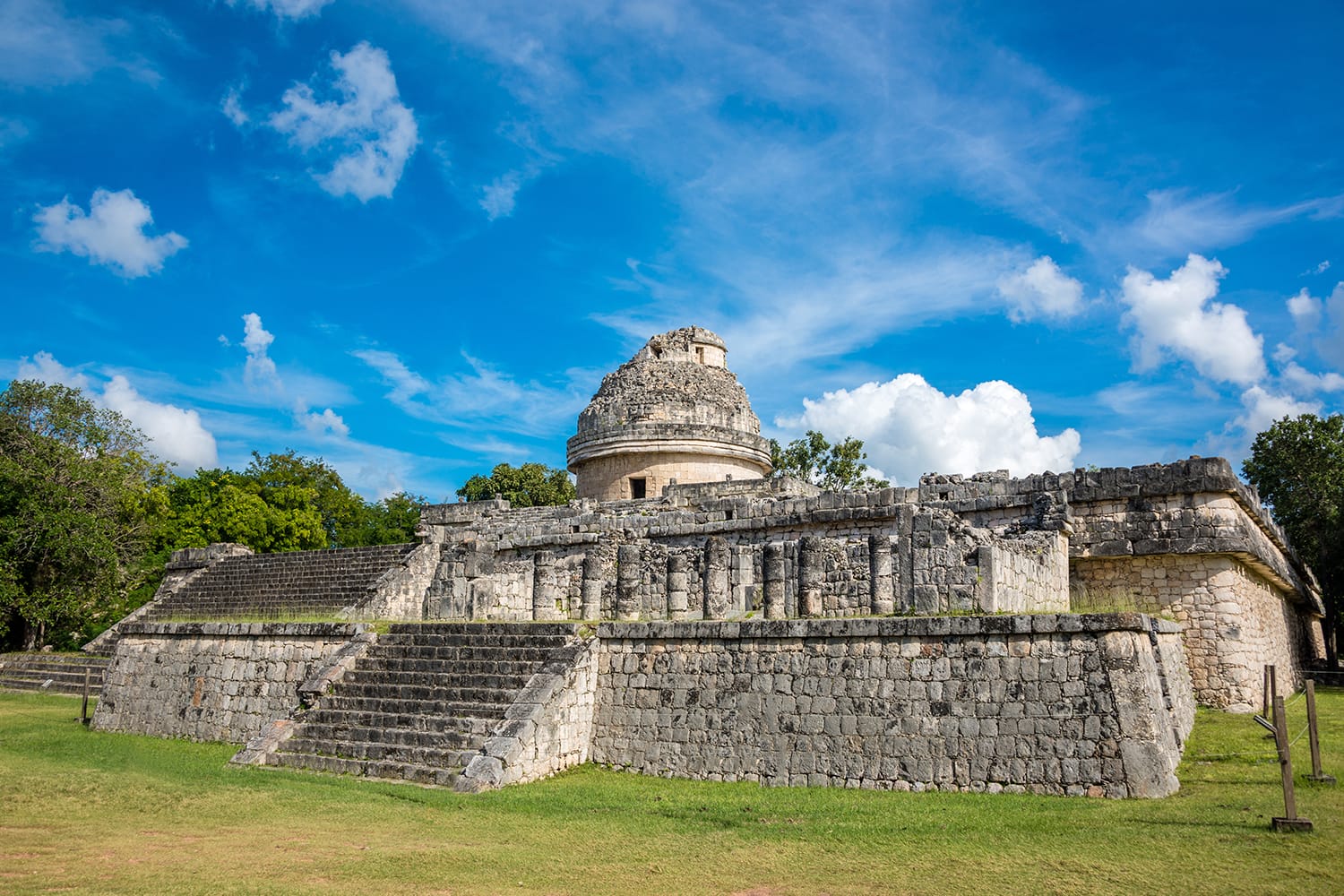
6. The Sacred Cenote
Cenotes are natural sinkholes filled with water that are found across the unique Yucatan landscape. While tourists today visit cenotes for their natural beauty or for a freshwater swim, the Mayans saw them as sacred.
Mayan cities are always found built next to cenotes, which could be used as important water sources. Over time, cenotes took on religious significance too, and the Sacred Cenote in Chichen Itza became a place of ceremonies.
Archeological work has even brought up human remains from the bottom of the Sacred Cenote, suggesting it could have been used for sacrificial purposes.
7. Cenote Ik Kil
After exploring Chichen Itza’s temples, take a colectivo back along the main road towards Valladolid and jump out at the entrance to Cenote Ik Kil.
Unlike the cenotes within the archeological area, this is a cenote where swimming is allowed. With long hanging vines reaching down to the Azul water, it’s not only magnificent to look at, it’s also absolutely refreshing in the Yucatan heat.
There are lockers and changing rooms on-site, as well as a restaurant where you can refuel with tacos.
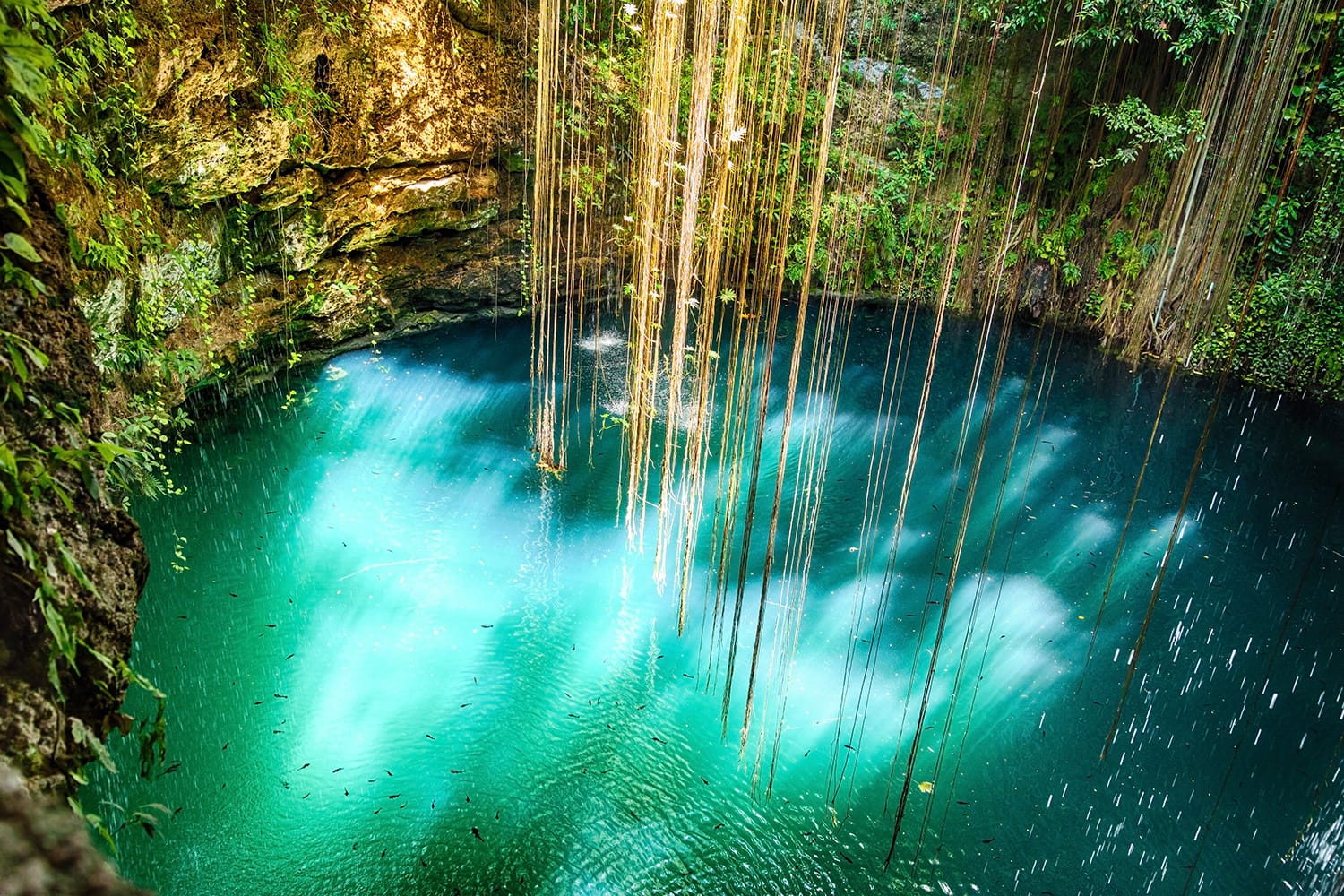
Tips for Visiting Chichen Itza
To help you to plan your visit to the pyramids of Chichen Itza, here are a few of our top tips to make your day go smoother!
1. Get there early
The gates to Chichen Itza open at 8 a.m. There can be a queue forming already at this time in peak season, so try to get here earlier if you want to see the ruins with as few other tourists as possible.
If you’ve read the rest of this Chichen Itza guide, then you know that the buses and tours don’t leave Cancun until at least 8 a.m. Getting here at opening time gives you a few hours without the crowds if you’re independently minded!
2. There are limited ‘Early Access’ tickets available
It’s not well advertised, but it is possible to book early entrance tickets to Chichen Itza that get you in before the official 8 a.m. opening time.
These are perfect for photographers looking to capture the temples at sunrise, with no one else around. They need to be booked in advance, or as part of a limited early morning sunrise tour.
3. There’s very little shade
Getting to Chichen Itza early doesn’t just help you beat the crowds, it also helps you to beat the sun. The archaeological site is very open, and there’s almost no shade available when you’re walking around (aside from the entrance). Don’t forget to bring a sunhat, sunscreen, and water.
4. Don’t bring a camera tripod
Camera tripods are not permitted in the archaeological area – not even small ones like a gorilla pod.
While cameras (even large DSLRs) are fine to have and use when you’re touring Chichen Itza, tripods are seen as professional equipment. For this, you are expected to have pre-arranged (and expensive) permits.
Security acts fast when it comes to this, and will check for permits if you pull the tripod out for a shot. Leave the tripod at your hotel to avoid any questions.
5. Don’t climb the temples!
Different archaeological sites in Mexico have different rules when it comes to climbing the temples.
At Chichen Itza, there’s no climbing allowed, anywhere. Be a good traveler and stick to the rules.
6. Bring your swimming gear!
Finally, don’t forget to bring your swimming gear.
After a tough morning of sightseeing around the temples of Chichen Itza, you’ll want to cool off in the nearby cenotes.
With beautiful restorations and a wealth of Mayan history to explore, Chichen Itza has earned its rightful place as one of the ‘New Seven Wonders of the World.’ And while this might be one of the busiest and most popular archeological sites in Mexico, a first glimpse of the towering Temple of Kukulcan will leave you in instant awe.
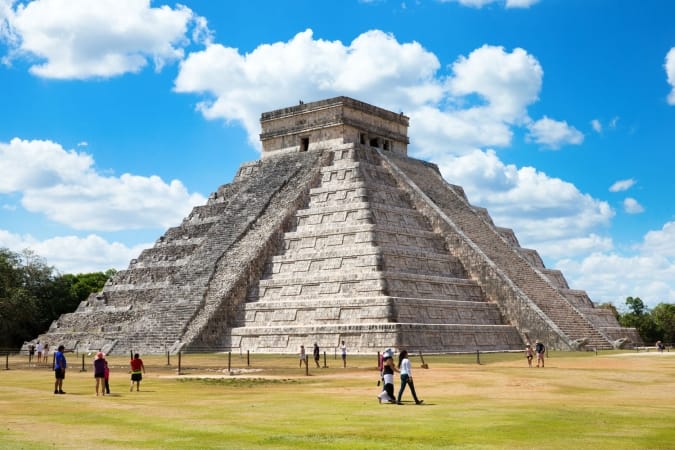
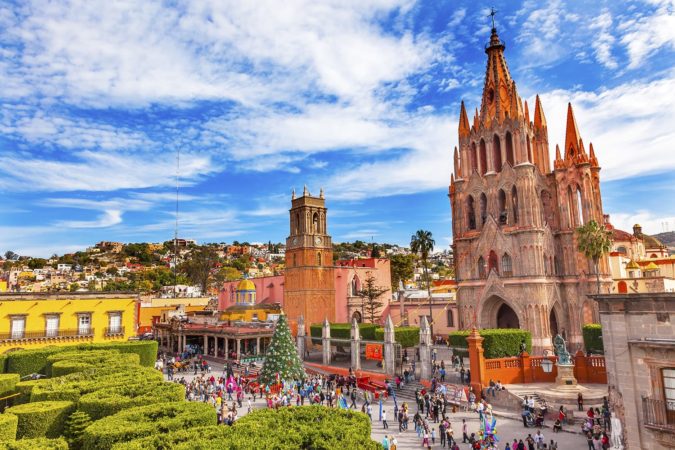
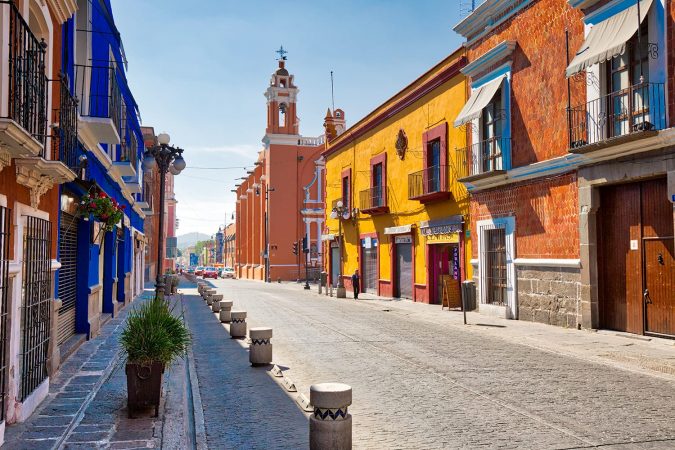

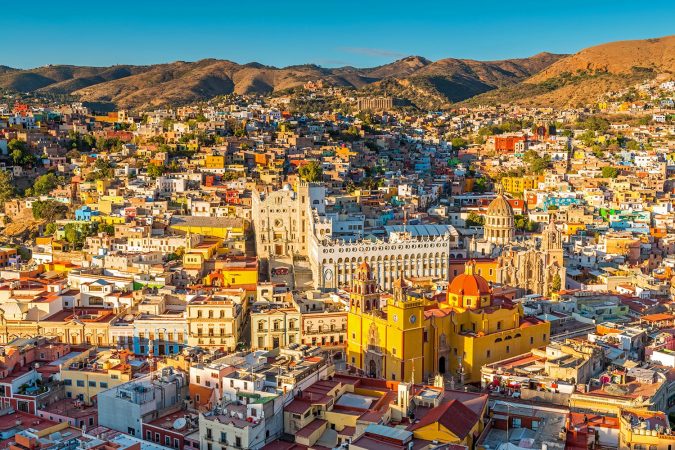
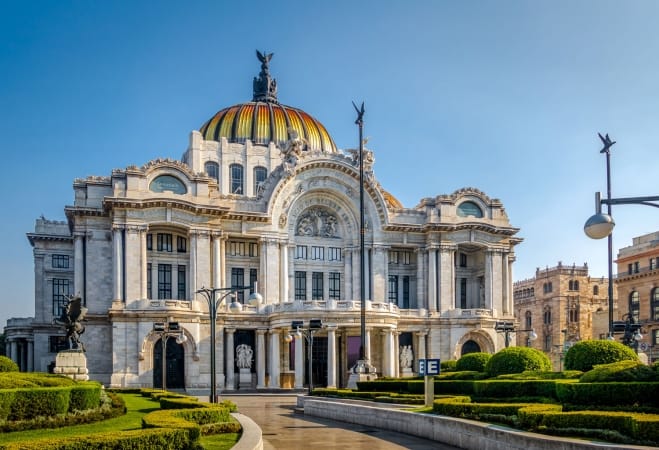
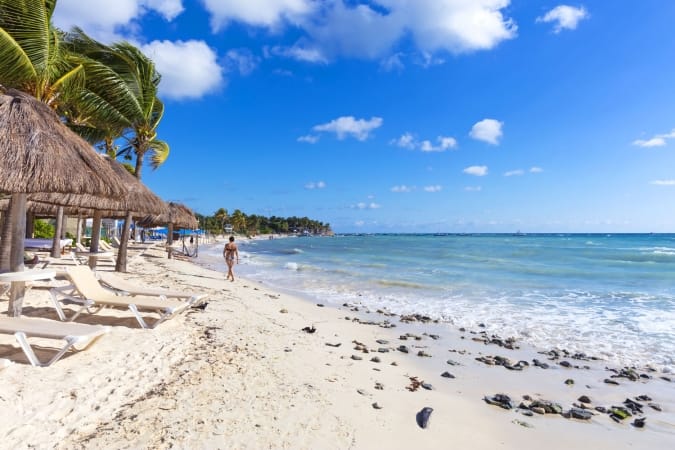

Jen
Great article! Where do we find the limited sunrise tour tickets? Any tips?
Ben
You can buy early access tickets to Chichen Itza here.
sonja
Best tips for a Chichen Itza visit. thank you so much!
Are the early entrance tickets to Chichen Itza still available? I can´t find them on getyourguide.
Best regards,
Sonja
Ben
I just checked the above link and it’s still available. If the link doesn’t take you to the tour, it might be because GYG doesn’t sell it in your country.